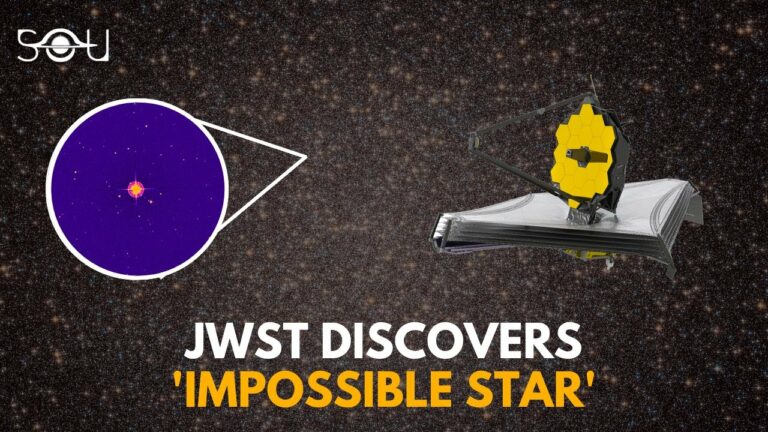How Webb’s New Discovery At The Edge of Time Stumped Astronomers
The James Webb Space Telescope has made another exciting discovery. A study has unveiled evidence of the first stars, astonishingly 1000 to 100000 times more massive than the Sun. For context, the most massive star we know of is only 250 times the Sun’s mass.
These colossal stars boast core temperatures reaching a staggering 75 million degrees Celsius, which is five times hotter than the Sun’s. While peering at the edge of time in the early universe, JWST discovered indications of these gigantic first stars in one of the most distant galaxies known to us. This remarkable study holds the potential to illuminate the very beginnings of the cosmos and unveil the last unexplored era in the captivating history of cosmology.
But how did astronomers make this exciting discovery? How did they determine the mass of these extraordinary stars? Finally, and most importantly, how will this discovery help us understand what happened when the universe was in its cradle?
Do not forget to share your opinion with us to provide you with the best posts !




0 Comments